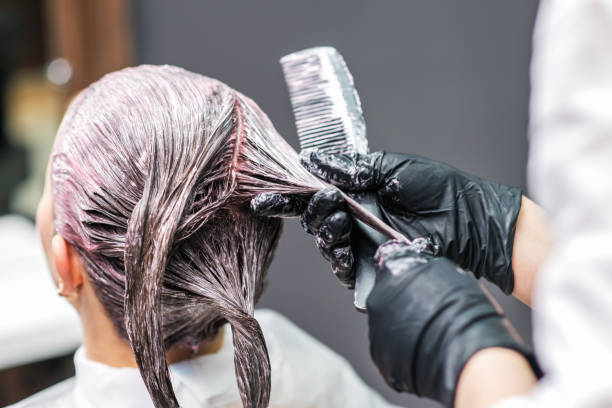Are Hair Colours Good for Scalp and Hair?
Hair Colours Good for Scalp and Hair – Hair colouring is a popular beauty trend that offers a quick transformation—be it a bold makeover or subtle highlights. But many people wonder: hair colours good for your scalp and hair? The answer isn’t simply yes or no. While hair colour products can be safe when used correctly, the type of dye, frequency of use, and post-care all play crucial roles in determining their impact on your hair and scalp health.

Source – https://in.pinterest.com/mlphillips21/hair-color/
In this guide, we’ll explore the effects of hair colours on both hair and scalp, the different types of colouring products available, and tips for safe and damage-free colouring.
Understanding the Types of Hair Colour
Not all hair colour products are created equal. Some are gentler than others, and knowing the difference is the first step to making safe choices.
Types of Hair Colour:
-
Permanent Hair Colour: Contains ammonia and peroxide; penetrates deep into the hair shaft and provides long-lasting results.
-
Semi-Permanent Colour: Ammonia-free and less damaging; lasts for 6–8 washes.
-
Demi-Permanent Colour: Low in ammonia, lasts longer than semi-permanent but less harsh than permanent.
-
Temporary Hair Colour: Sits on the surface of the hair and washes out after 1–2 shampoos.
If you’re concerned about scalp sensitivity or hair damage, opt for ammonia-free or natural hair dyes, which are generally safer and gentler on the skin and strands.
How Hair Colour Affects Your Hair Structure
When you apply chemical hair dyes, especially permanent ones, they alter the natural structure of your hair. The process involves opening the hair cuticle to deposit colour deep inside.

Source – https://www.freepik.com/free-photos-vectors/hair-coloring
Potential Effects on Hair:
-
Dryness and Brittleness: Frequent colouring can strip natural oils, making hair feel dry and rough.
-
Weakened Strands: Chemicals can break down protein bonds, weakening hair and increasing breakage.
-
Frizz and Split Ends: Loss of moisture often results in frizz and split ends.
-
Porosity Changes: Coloured hair may absorb and lose moisture more easily, affecting texture and manageability.
However, using quality products and following a proper hair care routine post-colouring can minimize damage significantly.

Source – https://www.dreamstime.com/photos-images/improved-volume.html
Impact of Hair Colour on the Scalp
The scalp is the foundation of healthy hair, and exposing it to harsh chemicals can cause irritation or long-term issues.
Common Scalp Concerns:
-
Itching and Redness: Caused by allergic reactions or chemical sensitivity.
-
Dry or Flaky Scalp: Chemicals can disrupt the natural oil balance, leading to dandruff-like symptoms.
-
Hair Follicle Stress: Repeated chemical exposure may weaken follicles over time, potentially causing hair thinning.
-
Allergic Reactions: Ingredients like paraphenylenediamine (PPD) can trigger allergies in some users.
To avoid these issues, always perform a patch test 48 hours before using any hair dye and opt for scalp-safe formulas free from harmful ingredients.
Tips for Safe Hair Colouring
Colouring your hair doesn’t have to come at the cost of its health. With mindful practices, you can enjoy vibrant colour while keeping your scalp and strands safe.

Source – https://www.istockphoto.com/search/2/image-film?phrase=applying+hair+dye
Best Practices:
-
Choose Ammonia-Free or Organic Dyes: These are gentler and cause less irritation.
-
Consult a Professional: A licensed stylist can apply colour safely and recommend suitable products.
-
Limit Frequency: Colouring your hair every 6–8 weeks allows your hair time to recover.
-
Deep Conditioning: Use masks and conditioners to restore lost moisture and proteins.
-
Use Sulfate-Free Shampoos: Helps preserve hair colour and maintain scalp health.
Investing in post-colour care is just as important as choosing the right dye. Use serums, oils, and colour-protect formulas to maintain vibrancy and softness.
Natural Alternatives to Chemical Hair Dyes
If you’re worried about the side effects of chemical dyes, consider natural hair colour options that are safer for regular use.
Popular Natural Alternatives:
-
Henna: A plant-based dye that colours and conditions hair, especially effective for reddish tones.
-
Indigo Powder: Often used with henna to achieve darker shades like brown and black.
-
Coffee or Beetroot Rinses: Temporary tints that add a hint of colour naturally.
-
Herbal Hair Colours: Brands offering blends of herbs without ammonia, peroxide, or PPD.
Natural alternatives are ideal for those with sensitive scalps or a preference for organic beauty, although the results may not be as intense or long-lasting as chemical dyes.
FAQs on Hair Colour and Hair Health
Q1. Can hair colour cause hair fall?
Frequent use of harsh dyes can weaken strands and lead to breakage, which may look like hair fall. Using nourishing products can help prevent this.
Q2. Is it safe to colour your hair during pregnancy?
Most experts suggest using ammonia-free or semi-permanent dyes after the first trimester. Always consult your doctor beforehand.
Q3. How often should I colour my hair to avoid damage?
Every 6–8 weeks is generally safe. Over-colouring can cause cumulative damage to both hair and scalp.
Q4. What ingredients should I avoid in hair dyes?
Avoid dyes with ammonia, PPD, parabens, and resorcinol. Look for natural or dermatologist-recommended formulas.

